Tiny Homes for Big Change
“Imagine how it feels to have no home, how it feels to sleep in a shelter where you are concerned for your safety, and where you wonder if you will ever get the help you need. Imagine how it feels to believe that no one loves you.” The North Grand Neighborhood Services, or NGNS, states that these unfortunate situations are daily life for many on the streets of St. Louis, and this is what inspired their next project—in collaboration with Rockwood School District and Social Justice 4 All, they will build tiny houses for the homeless in St. Louis.
Since the St. Louis homeless population has remained a steady 1,750 people since 2014, this campaign is becoming crucial as the harsh winter approaches. Within three months of creating the project’s GoFundMe page, they have almost raised $31,000 of their $75,000 goal, so surely it will be a success. The total will be used to create three tiny homes, with two people residing in each. However, Executive Director of the NGNS Donna Torrillo added promptly that this number is simply “how we would start out,” as she assures that they hope to help more in need throughout St. Louis in the future.
Receiving the full budget for these homes in the near future is a hope for many involved in the project; furthermore, Torrillo remains positive because “people are very generous” with donations to their cause, and she thinks that they’re “going to keep on fundraising until next year.” After providing the transition from homelessness to a stable home, the NGNS will expect rent from their future tenets, meaning they will have to maintain jobs in order to pay this monthly fee. Although this process may be tough, Torrillo says that the residents will be renting their very own home, and “that makes all the difference in the world.”
The reason for the tiny homes, the NGNS states, is that this model has proved successful in other areas of the country. One of the first effective examples of this idea took place in Seattle in 2008. The “Nickelsville” operation first started with a community of tents where the homeless would reside outside of the City, but was soon transformed into a community of tiny houses due to the work of the Low-Income Housing Institute, or LIHI. “We began to reach out to schools and training programs and soon we were partnering with them to build inexpensive, but quality, durable tiny houses,” the LIHI states. From there, the LIHI began many similar projects for those in need. The Tiny Houses for Those in Need project (STL) follows a model similar to the LIHI, as they hoped to find sustainable housing at a small cost. The tiny home’s benefits to this project are based upon simple facts of cost-efficiency: They utilize less lumber and building materials, smaller and fewer appliances, and less space to heat or cool.
Not only is the NGNS helping the homeless, but also Summit and Eureka High School students will get the chance of a lifetime while assisting this project. According to Torrillo, the idea actually started from these young minds—the NGNS is just seeing their work through. Both high schools will be assembling one of the tiny houses on their premises throughout this school year, as well as teaching a “Geometry in Construction” class for the students to learn how to build it. When the school year is over, the two tiny homes will be transported to the city, where the third home will be constructed by the students and other workers, and permanently attached to their designated site. The NGNS is not only exposing the students to the value of giving back to their community, but they are also teaching them an entire new trade; they will be learning geometry and traits of the construction business, such as electrical, plumbing, and designing homes.
Those involved in the project hope that the students will learn a valuable lesson, says the executive director. “I think it’s more than just building it… I think it’s a great way for the students to come out of their neighborhood [and to] come out of their comfort zone.” By exposing the students to the struggles of the lower St. Louis society, Torrillo “really like[s] the idea of getting the kids, the homeowners, and the people in the community together to see what’s being done and how they can work together.”
The NGNS is hoping to house the homeless, but also plans to bring their community together for a greater purpose. They will have volunteers from around the community working on the third tiny house onsite after the other two homes are completed by the high schools. Once this third home is finished, it will mark the end of the project and the beginning of a new life for many. They hope that sharing this moment with their community will bring people together toward a common goal—helping to fight a battle that many struggle with alone every day.
The NGNS argues that everyone deserves “to understand that they are loved, that they are not alone, and that their future holds promise.” This community believes that we can make a difference in the battle against homelessness. Donate to the cause, and help make a difference in St. Louis at https://www.gofundme.com/tinyhouses-stl.
Your donation will support the student journalists of Saint Louis University. Your contribution will help us cover our annual website hosting costs.



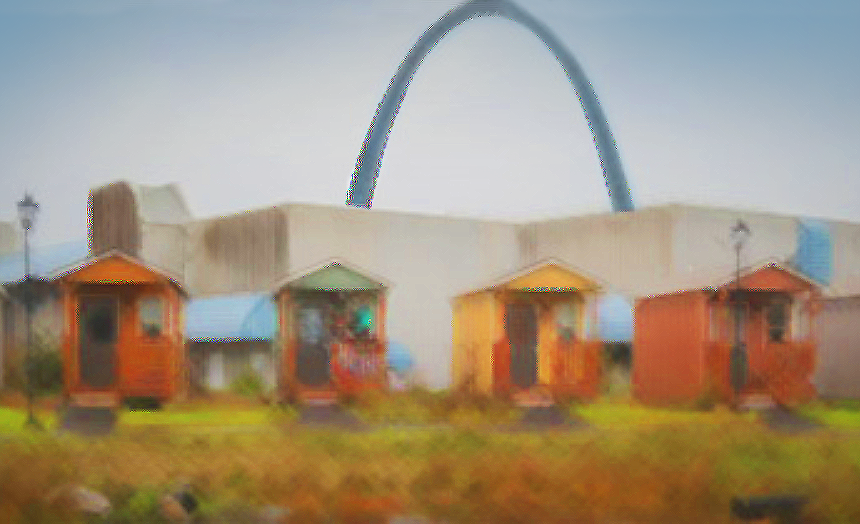

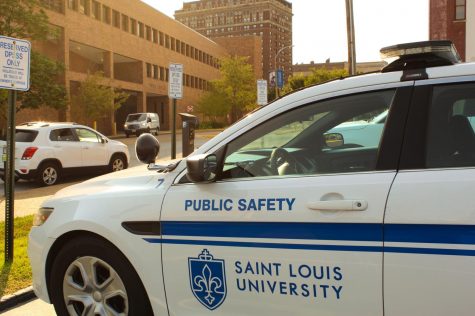
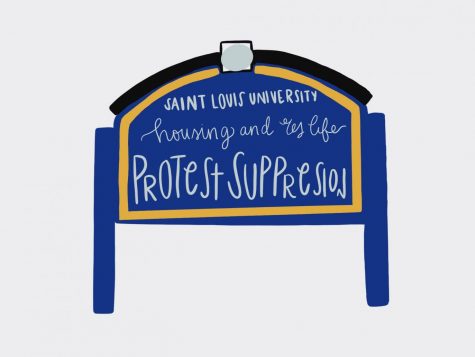


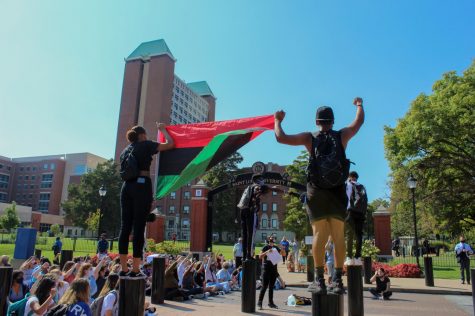
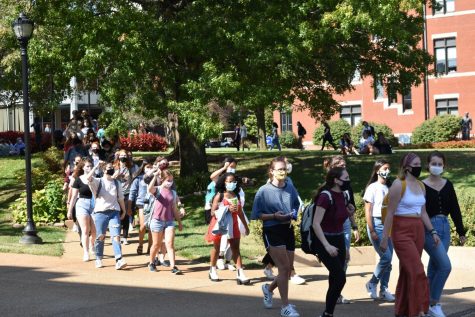
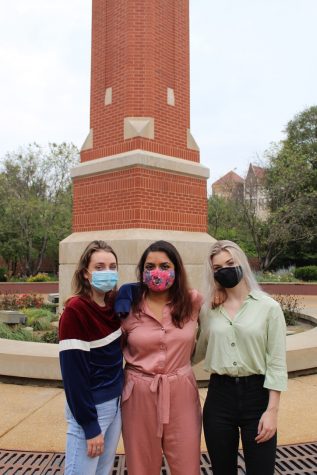

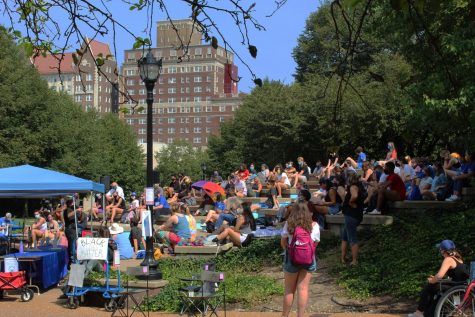
Timothy Birdnow • Dec 18, 2017 at 11:54 am
You can get a house in St. Louis city for free, or very cheap. Why spend the amount of money needed to build a fragile dog house when you can just rehab a perfectly good, brick and mortar property? You still have to have a lot for these tiny houses, and you still have to have all of the expensive systems – water, sewer, heat, ac, etc.
And if you stuff people – many of whom are not overly stable – into too small a space what is going to happen? Not only will these properties be destroyed in short order but it is possible people will die in spats that turn violent because of the crowded space.
This is a poor idea.